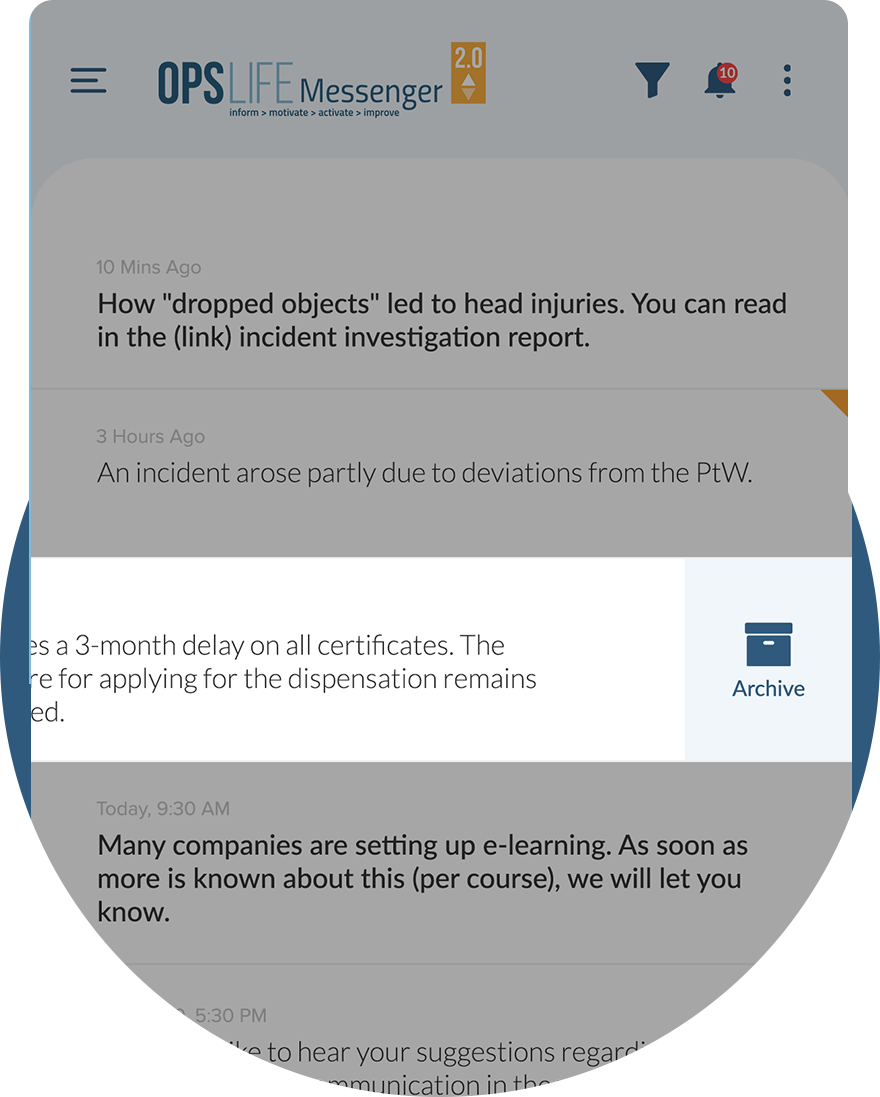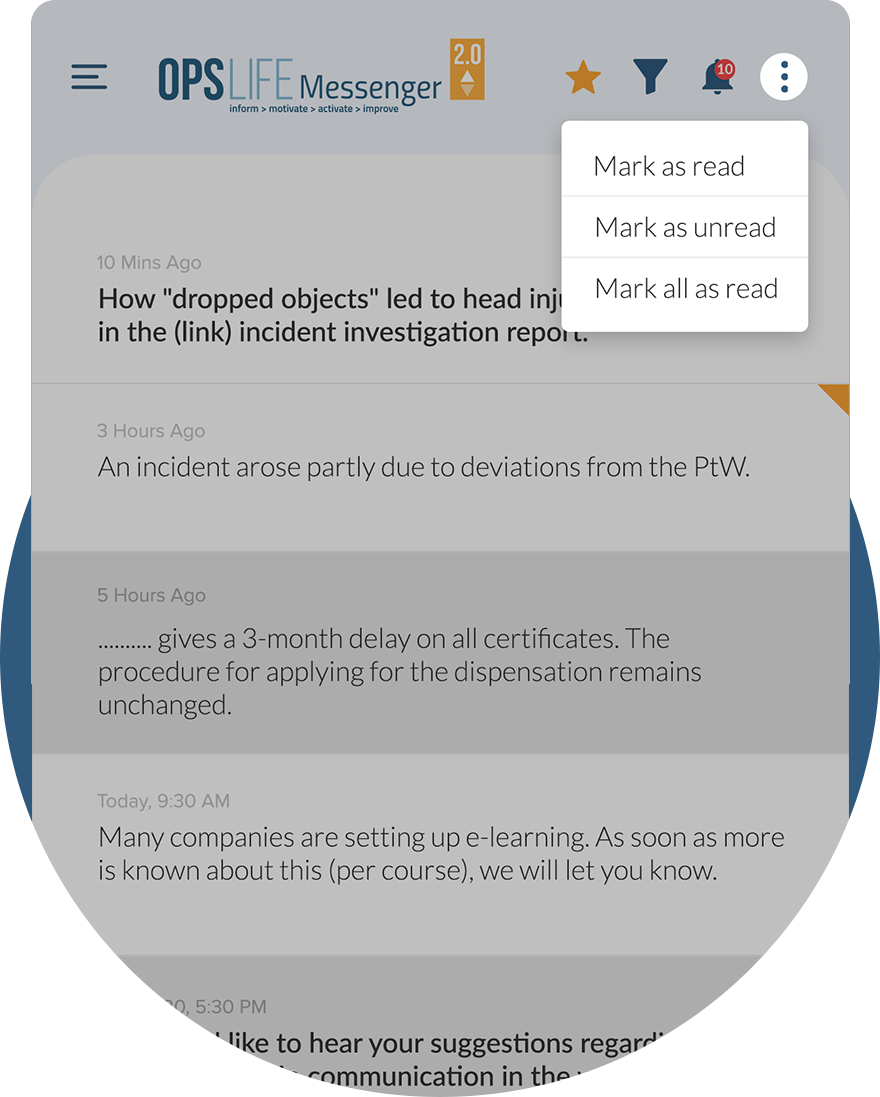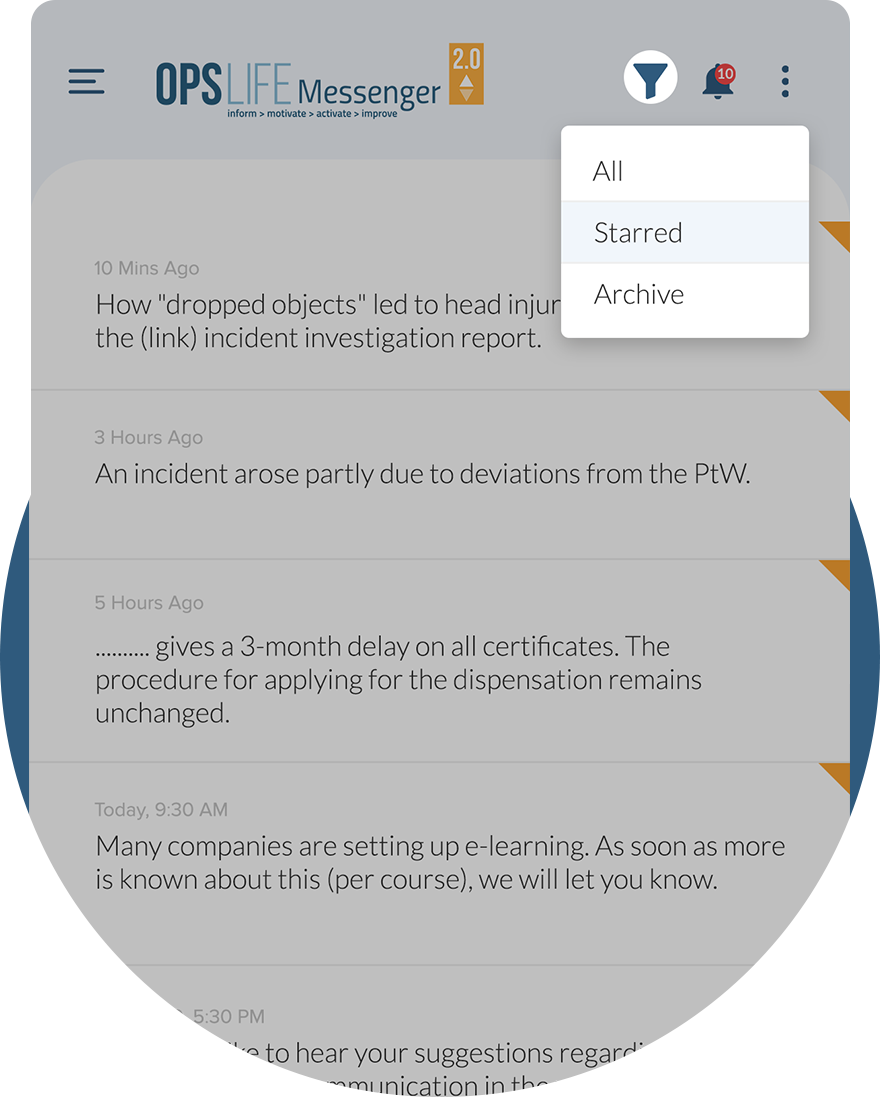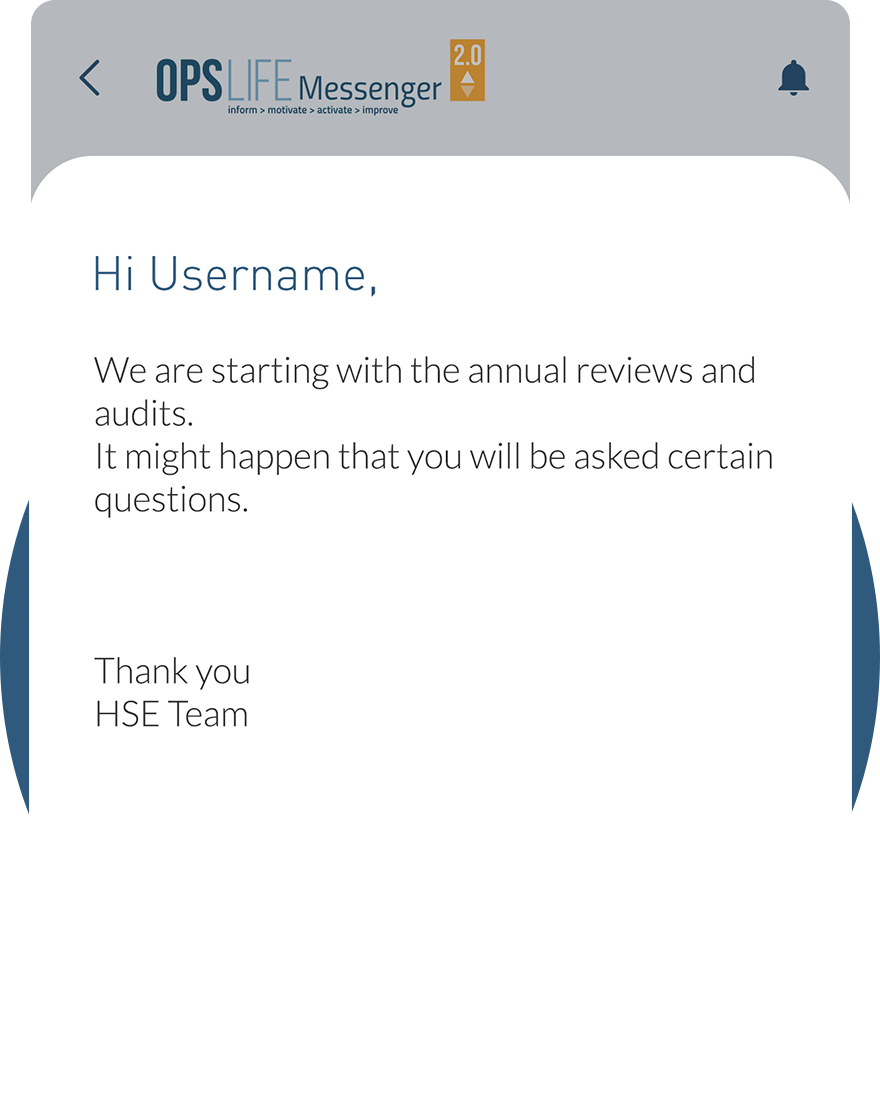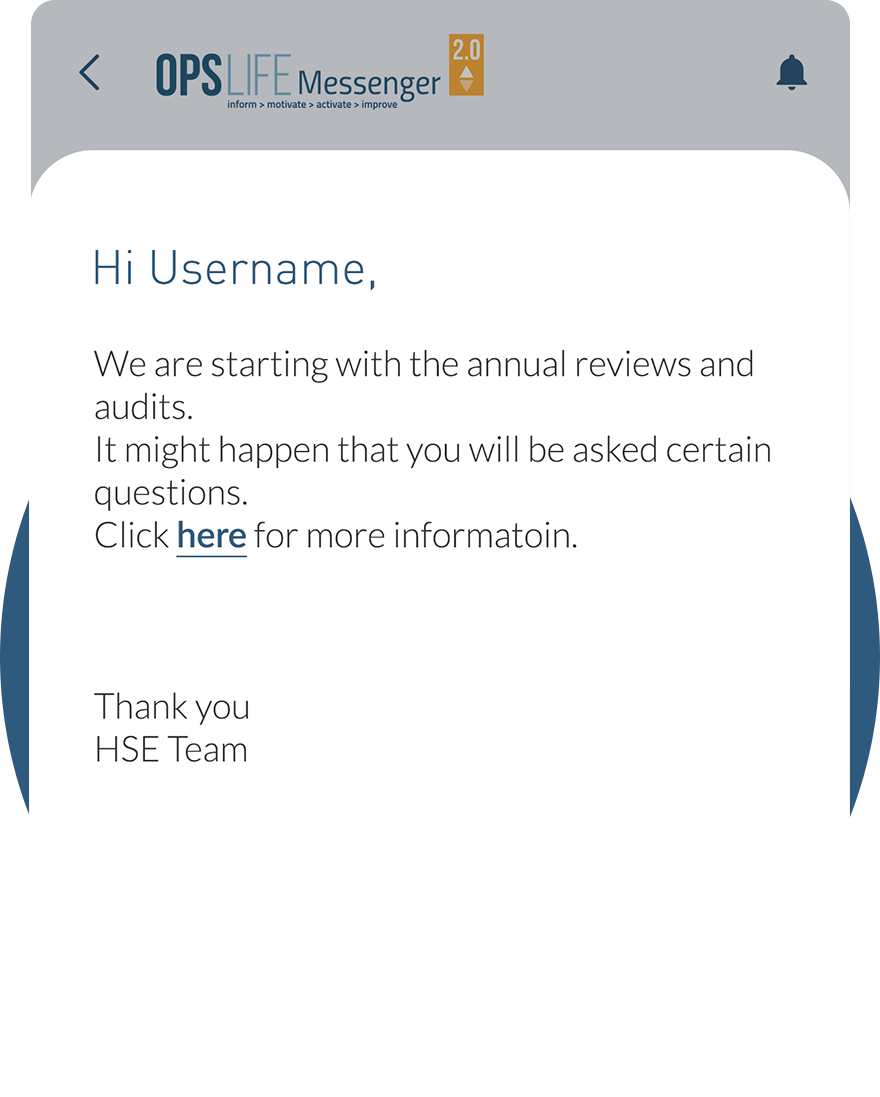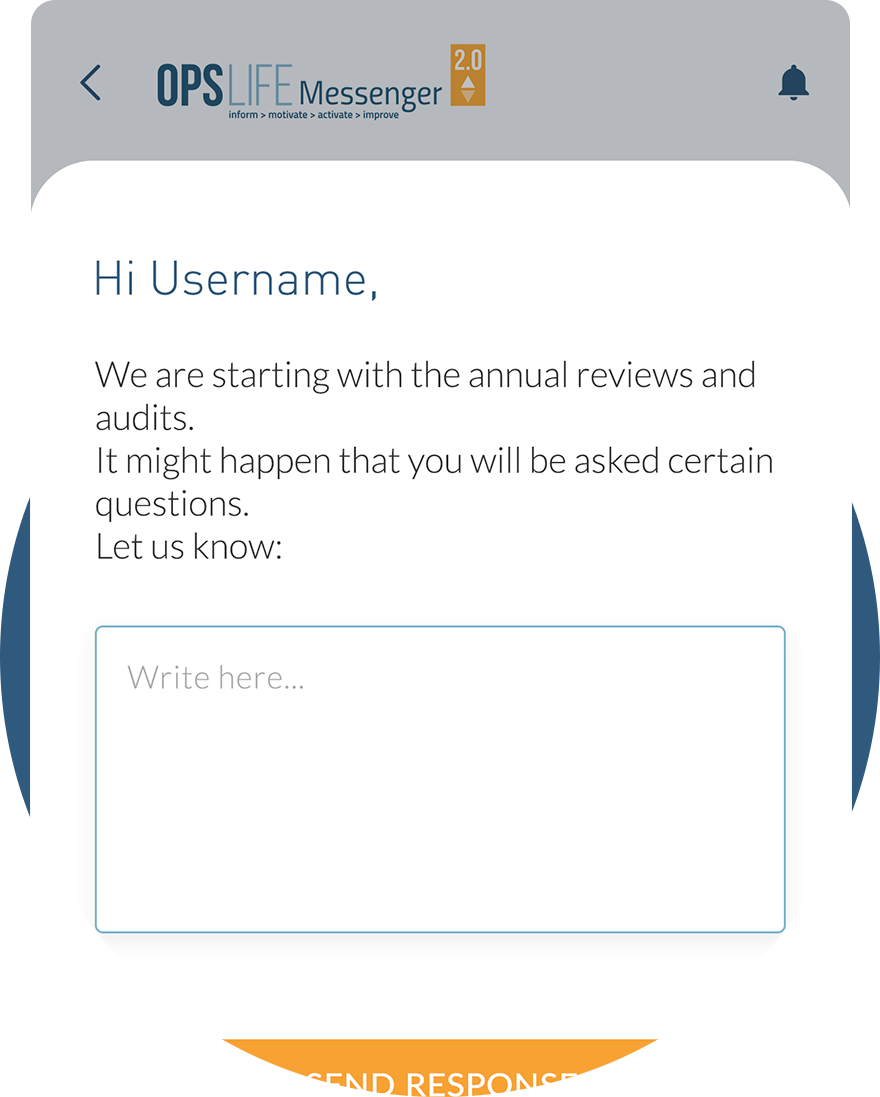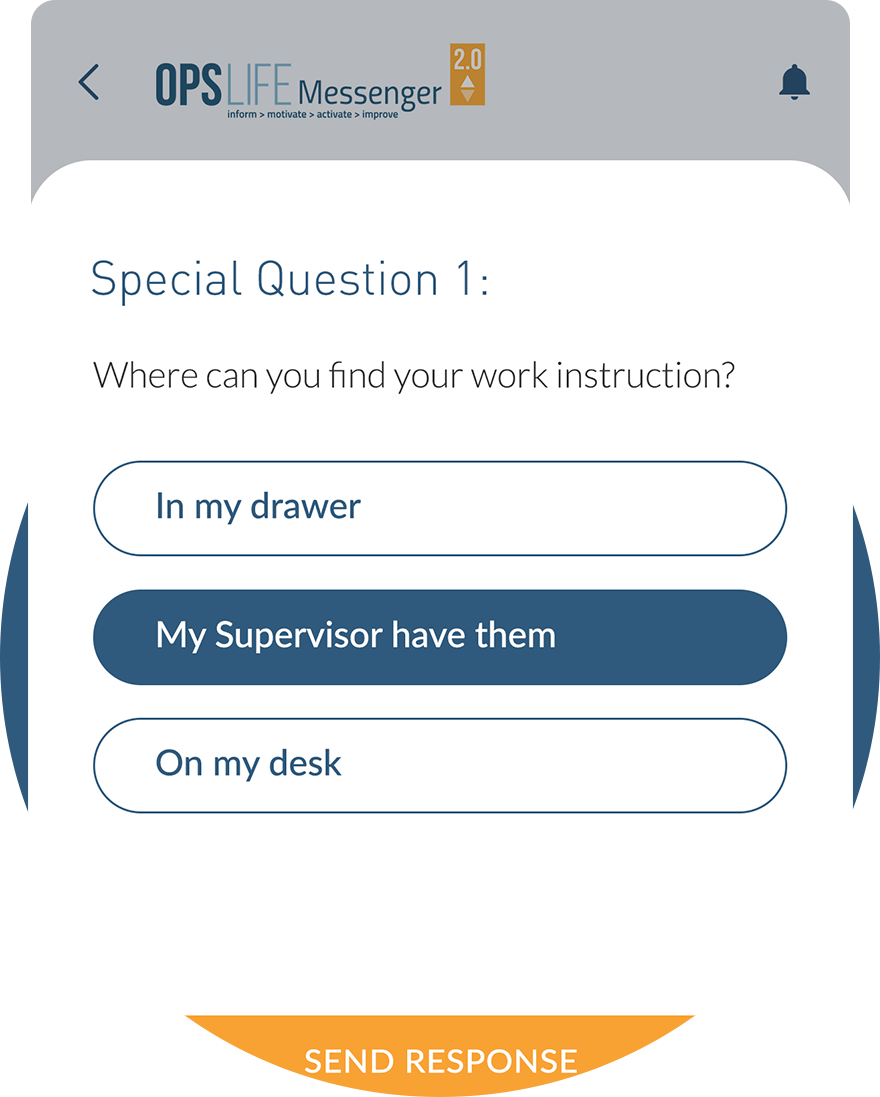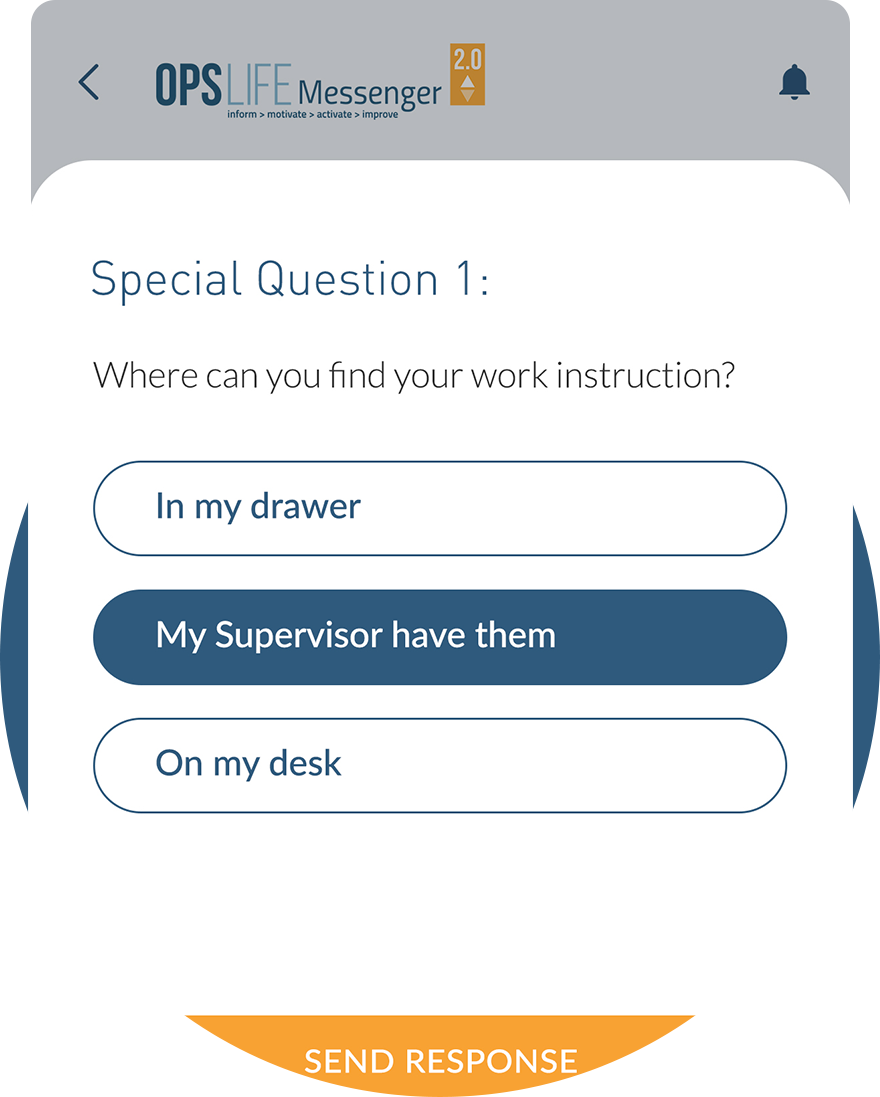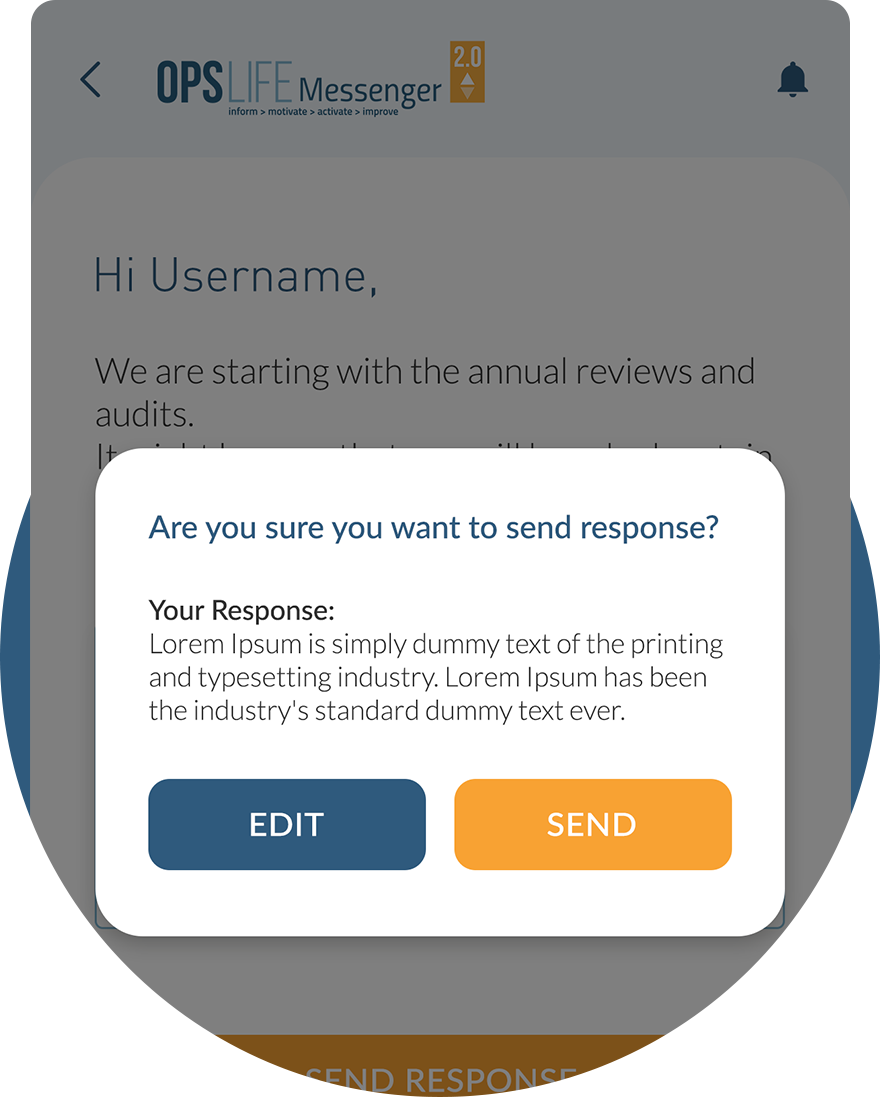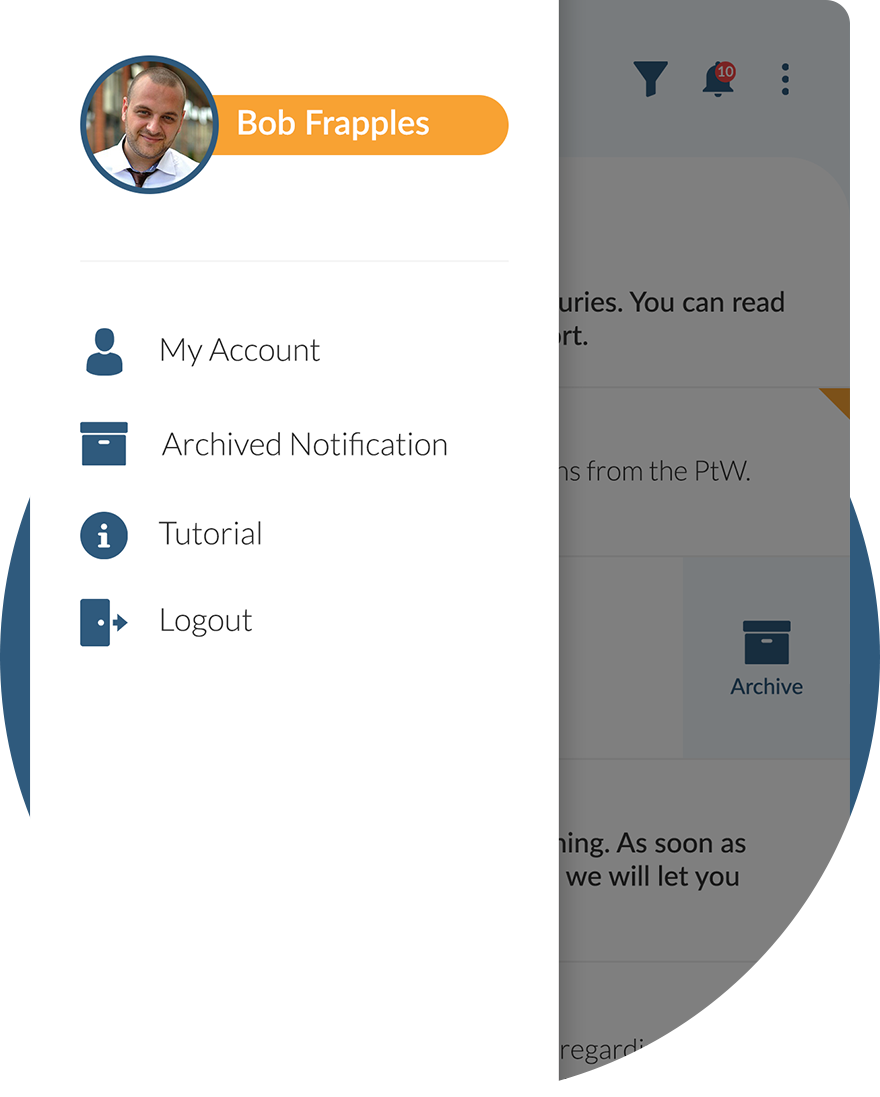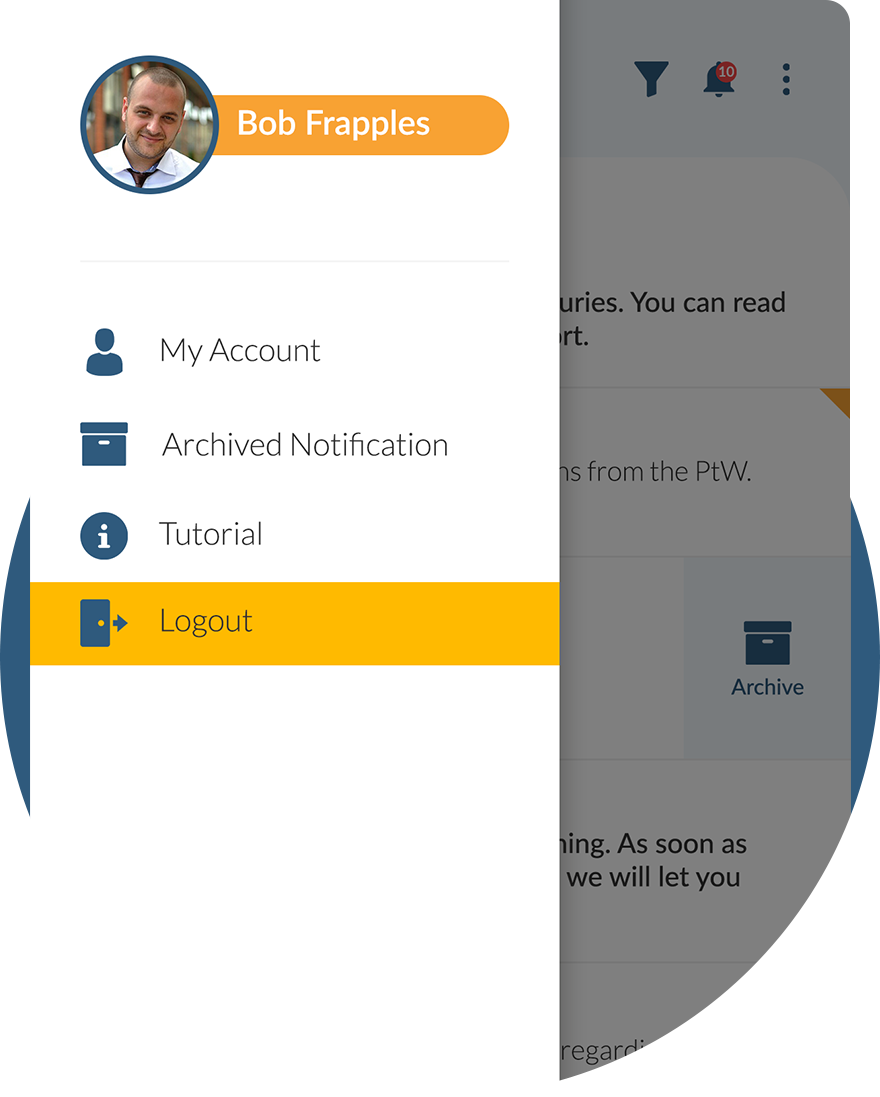Basic HSE information about Methanol and set of tools to be used at work.
Methanol
- Workplace Information
- Toolbox Information
- Check Your Knowledge
- Action Focus Campaign
IMPORTANT INFORMATION
Methanol is extremely hazardous and can cause serious health problems. Therefore, make sure you remember these five important points.
- Ensure proper ventilation in the work place.
- Ensure that a qualified person measures the air concentration of Methanol before starting and throughout the duration of the work.
- Always use the prescribed PPE (see Permit to Work).
- Replace PPE immediately at the first sign of wear and tear.
- Consult a doctor immediately in case of (or suspicion of) contact with Methanol.
WHAT IS IT?
Methanol is one of the most widely used raw materials. Methanol is used to produce chemical derivatives, which are in turn used to produce thousands of products that touch our daily lives, such as building materials, foams, resins, plastics, paints, polyester and a variety of health and pharmaceutical products. It can also be used as an energy source.
Methanol is a colorless, toxic and volatile substance that easily evaporates. Both the liquid and the vapor are highly flammable. Ask your company about the legal limit value for exposure to Methanol.
HAZARDS
Methanol is a highly volatile substance that can quickly form hazardous concentrations that will impact your health when evaporated. The vapors are heavier than air, collect on the floor and when combined with air, results in an explosive mixture. Methanol is easily biodegradable, so it does not pose any hazard to the environment.
HAZARDOUS SITUATIONS
Even though Methanol is processed in a closed system in which the workforce is not exposed to the substance, there are situations where exposure to Methanol (vapors) can occur:
- Maintenance
Methanol vapors may be released when opening installations – for maintenance – that have contained Methanol. - Bunkering
When connecting and disconnecting the hose for the supply of Methanol, some vapor will escape and there is a risk of splashing. Unforeseen Methanol can be released unintentionally, e.g. in case of hose rupture or failure or release of the hose coupling. In such a case, an explosive mixture may form which may rapidly contain a concentration of Methanol that is hazardous to health.
HEALTH EFFECTS
Methanol can be absorbed into the human body through the lungs, by swallowing and by absorption through the skin or eyes.
Immediate effects
- Inhalation causes respiratory irritation, coughing and shortness of breath. The vapors can cause dizziness, nausea and unconsciousness which can eventually be fatal.
- Ingestion causes nausea, abdominal pain and can cause dizziness, unconsciousness and death just like inhalation.
- Exposure to the skin causes degreasing of the skin. Repeated exposure causes irritated skin that is dry, rough, red and painful.
- Exposure to the eyes causes irritation, redness and abnormalities of the cornea.
Chronic effects
The chronic effects of Methanol are felt in the central nervous system. There may be persistent or recurring headaches. The facial nerve can also be damaged to such an extent that it leads to blindness. Finally, movement disorders can occur.
PREVENTION
PREVENT PERSONAL CONTACT
Exposure to Methanol can be prevented by properly ventilating and applying the correct Personal Protection Equipment (PPE) at all times – replacing it immediately in case of signs of wear and tear. Always wash your hands at the end of work activities and remove soiled clothing immediately. Do not eat or drink whilst working.
Prior to opening a process section, it is important that it is rinsed with water and purged with nitrogen to prevent exposure to vapors and liquid Methanol. Afterwards a gas measurement must be conducted.
Measurement of Methanol vapors is undertaken with a gas detector which tests levels of VOS (Volatile Organic Substances). If the concentration exceeds the limit value, the correct PPE must always be used to prevent damage to health (see the relevant work permit). Ask your company about their limit value.
PREVENTING EXPLOSION AND FIRE
Since Methanol is highly flammable, it is important to take measures to prevent discharges of static electricity and to work with explosion proof equipment and lighting. Working with non-sparking tools is also essential.
PROTECTION
Ask your company about using Personal Protection Equipment (PPE) when working in a space where Methanol may be present. All PPE must be replaced immediately in case of signs of wear and tear.
IN CASE OF...
When there is exposure to Methanol (or suspicion of) adequate and proper action must be taken immediately.
EXPOSURE TO METHANOL
For any kind of exposure to Methanol, ALWAYS CONSULT A DOCTOR! In addition, the following is important:
- Inhalation
Bring the affected person into the fresh air as soon as possible. - Swallowing
Rinse mouth with water. If the affected person has swallowed Methanol and is conscious, let them drink small amounts of water. Do not induce vomiting unless directed to do so by medical personnel. If the affected person vomits, keep their head low to prevent vomit from entering the lungs. - Skin contact
Rinse with large amounts of water and remove contaminated clothing (use gloves). - Eye contact
Rinse eyes with large amounts of water for ten minutes.
LARGE SPILLS
When large quantities of Methanol have been released you should approach the emission with the wind at your back. Use respiratory protection and other PPE (see protection). Stop the leak if you can do so without personal risk. Remove packaging from the spillage area. Use non-sparking tools and explosion-proof equipment. Absorb spilled Methanol with noncombustible absorbent materials and dispose of in a chemical waste container.
PERSONAL HYGIENE
Make sure to always avoid contact with the skin and your own clothing. Change and remove gloves and protective clothing professionally with a second set of gloves. Make sure that you always wash your hands after work and do not eat or drink whilst working.
Start your daily work with safety!
Onscreen presentation is very useful to use during work preparation or toolbox meetings. It provides short and concrete information. Five questions and answers at the end of presentation can be used to make the meeting more interactive and to give conversation a boost.
Be always prepared for the work!
It is of utmost importance to be well prepared before you start the work.
By clicking on the button below you can check your knowledge about this HSEQ subject.
After completion of the knowledge check, your certificate will be visible in
MY ACCOUNT > My training.
